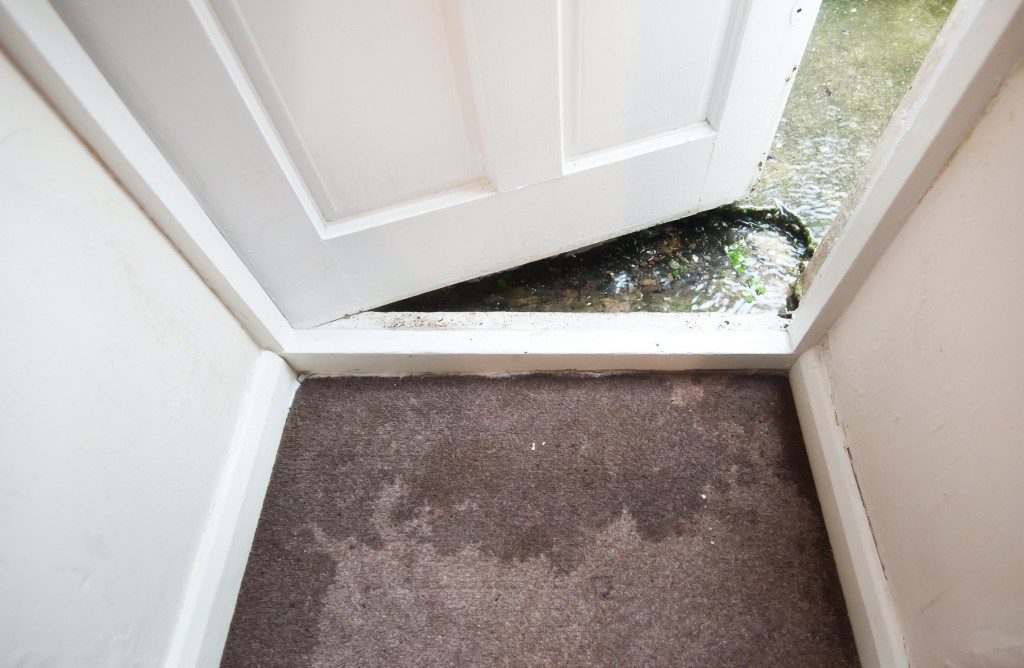Spring might bring in warmer weather and wonderful scenery, but along with it are severe weather conditions. There can be storms, heavy rains, hurricanes, which can result to flash flood and severe water damage in the home.
Here are some simple ways to prepare the home and protect your possession from potential water and flooding damage due to calamities.
1. Inspect and repair damaged roof.
Aside from causing unsightly stains on the ceiling, a leaky roof can cause plenty of damage to your house and possessions. Roof leaks can soak up your attic insulation, which may lead to rotting and mold growth.
Unseen water damage needs to be addressed as soon as possible to prevent any costly damage in the future. You can also seek the services of a reputable company to provide you with water and fire damage restoration services from Salt Lake City. Roof leaks may also lead to grout and molds. In most instances, the ceiling stain is only a symptom of more water damage.
2. Document your possessions.
Have a detailed inventory of your personal possession and back it up with photos and videos. These can be valuable when processing insurance claims after a calamity, floods, or storms. Be sure to keep your documents in waterproof containers and stored away from rising water.
You may also secure a backup copy in a safety deposit box. Additionally, you may also scan and keep digital copies of your important records and keep them in a waterproof safe away from the house. This way, you have enough evidence to support insurance claims for damages caused by flooding or severe weather.
3. Trim the trees.
Untrimmed tree branches can worsen storm and hurricane damage to your home. It is best to prune or trim the branches growing near and hanging over your home to prevent them from crashing and breaking through the windows, sidings, and roof.
Make sure that the trees to remove unhealthy or dead plants and limbs. Dead plants may seem harmless, but they are more likely to be broken by strong winds in the event of a hurricane or severe weather.
4. Clean the gutter and downspouts.
It is equally important to clean the gutters, repair any damages and leaks, and to check regularly if they are draining properly. Do inspect the downspouts for any clogs and use splash blocks or extension pipes to make sure that the water is pouring away from the home’s foundation.
5. Install sewer backflow valve.

If you live in a flood-prone area, you should be aware that rising water can cause sewage to back up into the home through the drainpipes. This will cause potential damage to the home’s interior and become a serious health and sanitation hazard.
You can prevent this from happening to your property and protect your home by having a backflow valve in your drain line. This valve has a flapper that automatically closes when needed.
With increasing incidences of storms, flooding, and hurricanes, it is in your best interest to find ways on how you can protect your home, property, and possessions from rising waters. Aside from securing insurance coverage for fires, you should also have coverage for storms and calamity damages, especially if you are residing in a flood-prone area.

